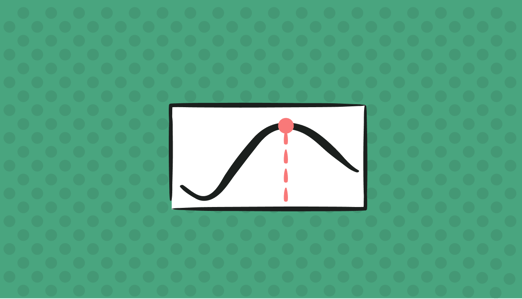
We’ve all been there before: the quarter races on, we go through another normal week in our lovely SaaS company, we onboard new customers, and all is well in Product and in R&D as the system is stable and able to scale.
But then Slack alerts us that a new message is waiting from the CFO - “Did you see last month’s cloud bill? It is 10% higher, is it a bug?”
We feel this increase in cost makes sense - after all, we generated more ARR and reached more of the company’s KPIs. So we answer - “More business?”.
This is a typical exchange in companies worldwide. The underlying question is: How can we really be certain that this cost increase is organic?
What is an Organic Cost Increase?
When a cloud bill increases AND the price of creating a single unit of economics stays roughly stable, then the increase is organic. This means the cloud bill increased because of business growth (the company is creating more units of economics).
Such organic cost increases are indicators of a healthy business. Nothing is free in this world, so in order to create more units of economics (transactions, queries, purchases, or anything we sell) we need to increase our resources. But, we have to be able to keep a stable ratio between our cost and our unit of economics.
Non-organic cost increase, on the other hand, is a whole other (alarming!!) story. It’s so bad, that it’s the stuff that DevOps’, Finops’ and CFOs’ nightmares are made of. Non-organic cost increases happen when a business pays MORE for creating a single unit of economics. Essentially this means that the business model has changed, and some action might be required to handle the new state.
Why Non-Organic Increases Happen
There are a few reasons for non-organic cost increase:
Our Cloud Provider
-
Cloud providers are constantly changing their pricing terms, releasing new features, and deprecating old ones. Each change can change our cost significantly and drastically increase our unit price.
-
When our Reserved instance / Saving plan coverage changes, because of purchasing new types of instances that are not covered or an old plan that expired, these automatically cause non-organic cost increases since producing the same amount of unit of economics cost more.
Our Customers / Business
-
Our most profitable user/customer can become an abusive customer who can cause major non-organic cost increases.
-
Customer churn is a big catalyst for non-organic cost increase. ,If you are not able to quickly right-size, auto scale or be active in adapting your cost to the decrease in units created, you will suffer from non-organic cost increase..
-
Onboarding a new customer is, by design, a threat to organic cost increase. We need to constantly monitor its unit of economics price and understand if it is higher than the price we had before this customer was onboarded.
Our Own Engineering Department
-
When constantly deploying new code, each deployment could become the root cause of the next cost increase.
-
New features change the baseline of our product and thus can influence our basic unit of economics and cause non-organic increases across the board. Therefore, they should be constantly monitored.
What Can Companies Do to Increase Organic Costs - Best Practices
-
Identify your unit of economics and monitor its true cost. Understand that your goal as a SaaS company is to generate a healthy business and this can only be achieved by organic cost increase.
-
Not every cost increase is a red flag. Try to understand if it is organic or not.
-
Act fast. If you’re concerned about a non-organic cost increase, move quickly to analyze the data and find the root cause. You can:
-
Right-size your infrastructure after a big churn
-
Alert engineering of a problem caused by a specific deployment
-
Change your pricing model in coordination with finance
-
Working with customer-facing teams to change the way an abusive customer is using the system
Get Started with Cost Observability for Organic Cost Increase
Just imagine a car company that doesn’t monitor the price it costs to produce a single car created in its factory. We can all agree this is bad business, right? But actually, there’s no real difference between a SaaS company and a car manufacturing company when it comes to cost monitoring and growth.
Finout is a next generation cost observability company that will allow you to connect your business with your cost and understand your real unit of economics price. With our solution the problem of not knowing how much a customer costs? when the cost increase is organic? and how to monitor cloud costs - becomes just another list of self-service solutions that are easy to use.
Sign up here for more information.







